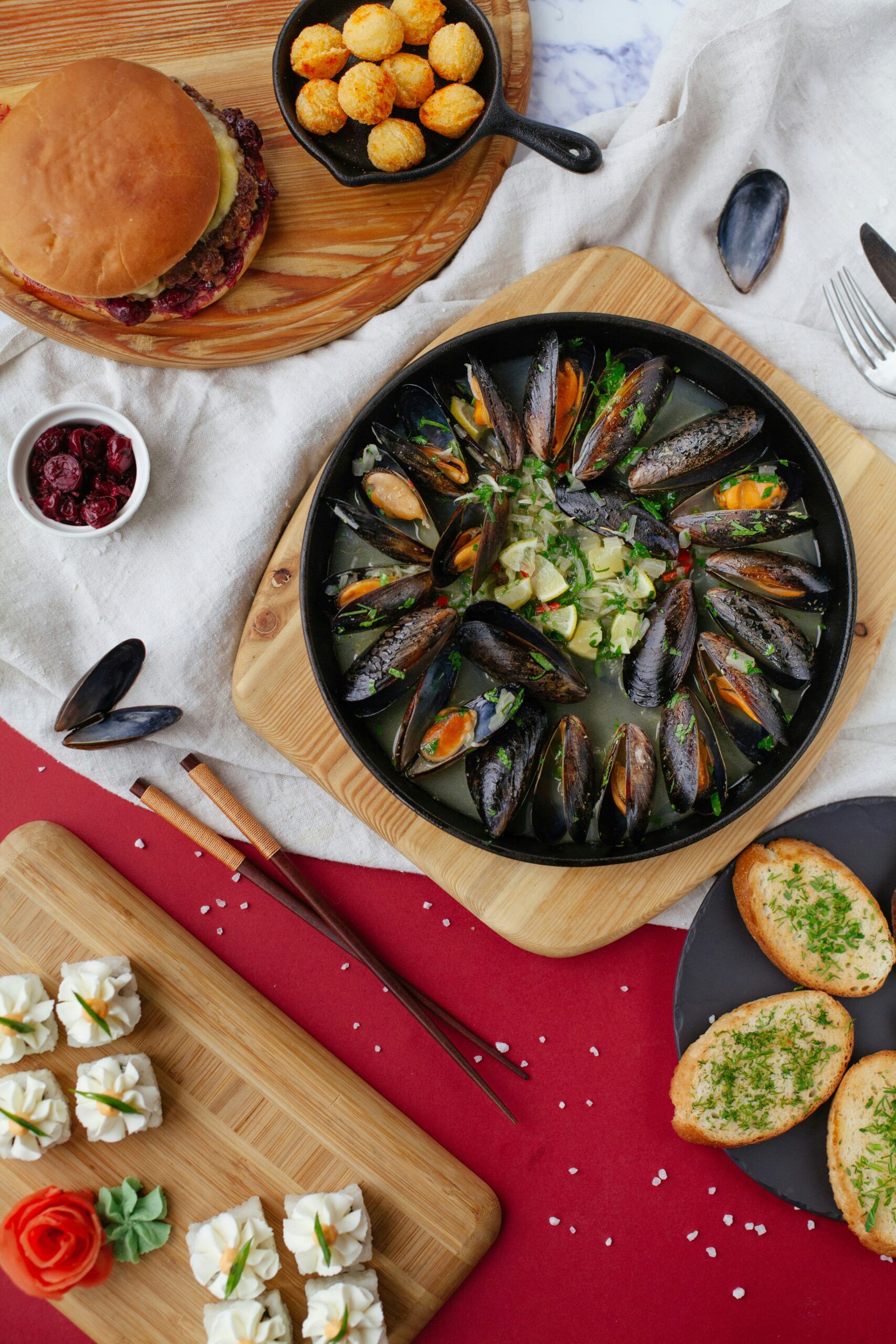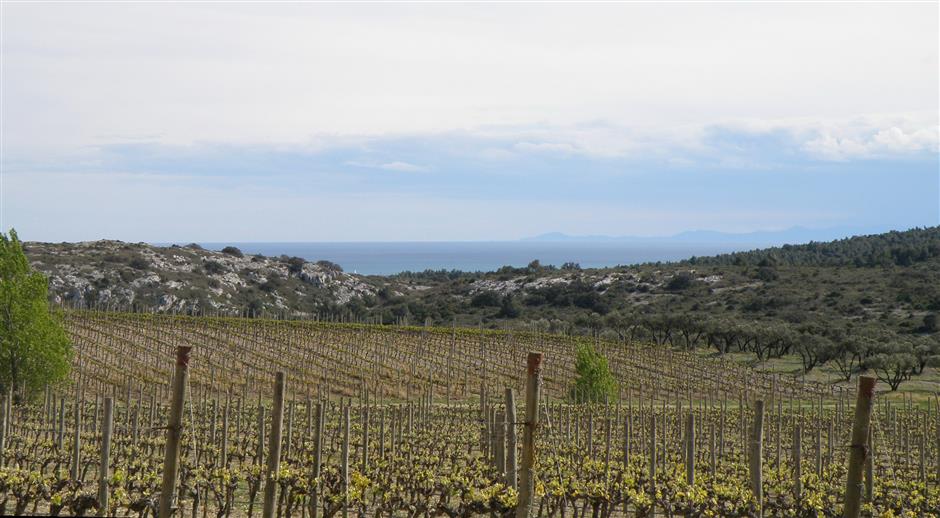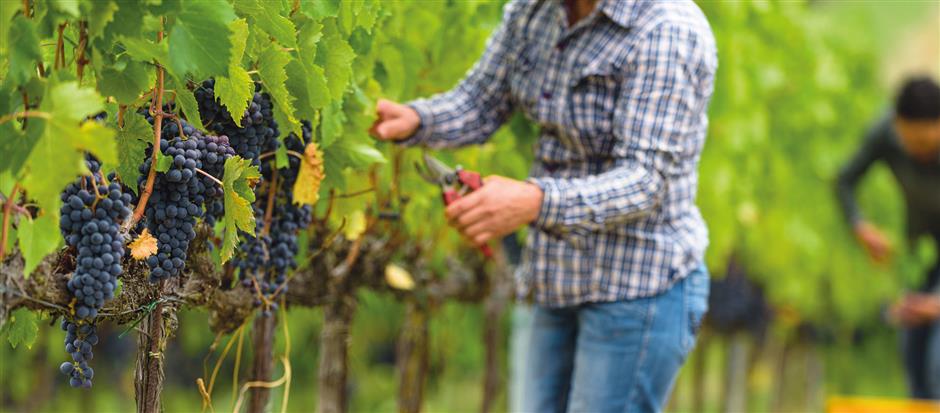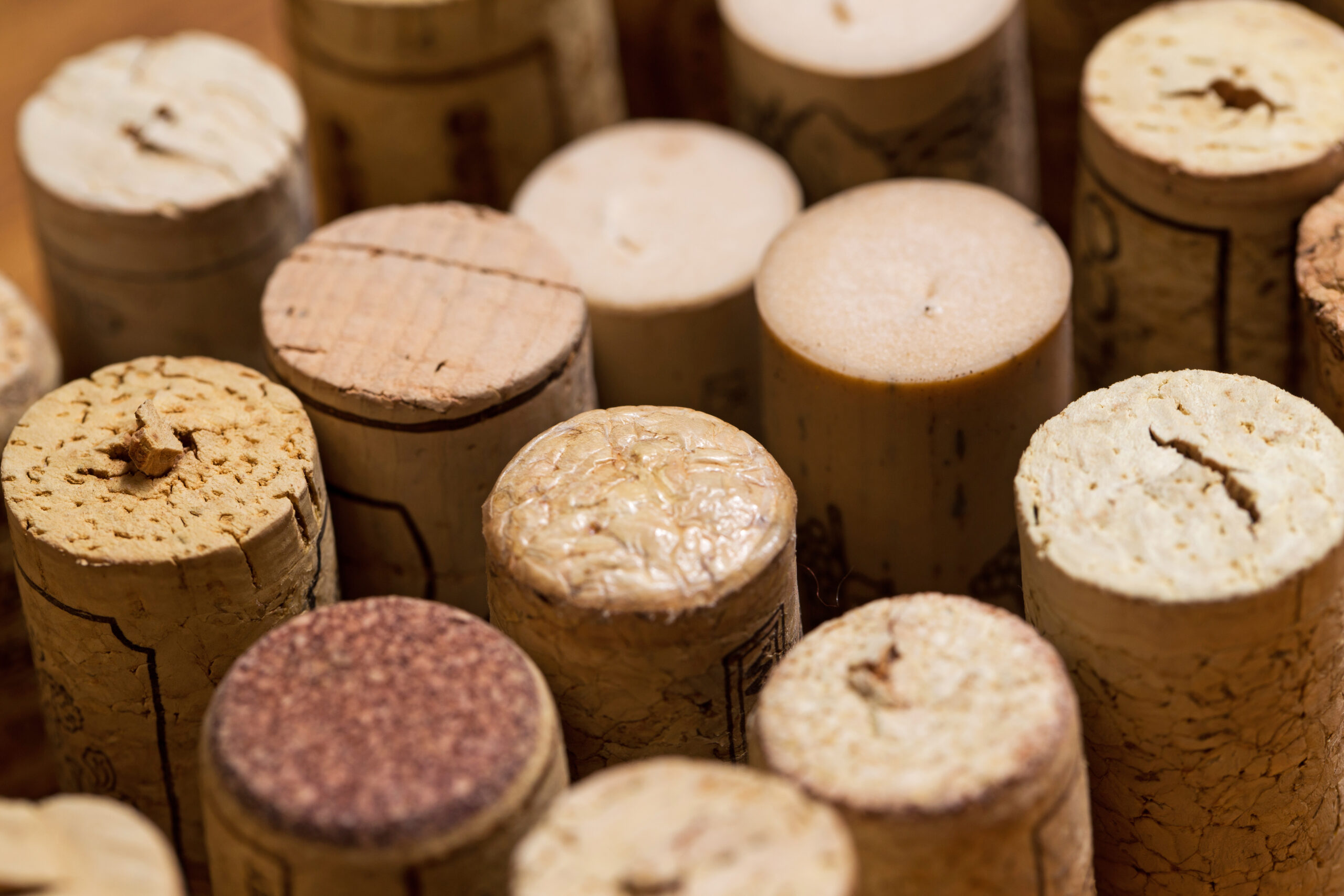Integrating western wines into Chinese dining culture is a challenging yet often rewarding experience. Dim Sum is more than just a meal; it’s a communal and social event. More varied and interesting than the traditional western brunch which first became popular in the late 1800s, Dim Sum is one of the best ways to spend a weekend late morning or afternoon. While Chinese purists may insist on only tea to accompany the numerous dishes, I’d like to suggest something different – wine! But what wines can be enjoyed with Dim Sum? There are several good answers to this question including Champagne or sparkling wine and even a nice rose, but another lovely solution is Beaujolais. A typical Dim Sum meal often consists of steamed, roasted, fried and deep-fried dishes that may be seafood, meats, vegetables and starches. This variety of cooking methods and ingredients poses a challenge to wines, a challenge that the attributes of Beaujolais satisfies very nicely. The generous fruit in high quality Beaujolais wines along with their good acidity make them very versatile in pairing with foods, something essential when enjoying the numerous different dishes in a typical Dim Sum meal. Furthermore, good Beaujolais wines will cleanse your mouth removing any greasiness while pleasingly accentuating the many varied textures of Dim Sum dishes. Some classic Dim Sum dishes that pair beautifully with Beaujolais are shrimp dumplings, turnip cakes, tofu skin rolls, “Shao Mai” (small meat dumplings), assorted roasted meats, steamed pork ribs, spring rolls, and beef meat balls. A personal favorite is chicken’s feet with Beaujolais.

Instead of the popular Beaujolais Nouveau, I recommend the higher quality villages and cru level Beaujolais. When you see the word villages on the label it denotes a higher standard of Beaujolais, a wine with more depth, complexity and character. The fruitiness of Gamay grape is still there but so are added layers of flavors and a longer more satisfying finish. Even better are the cru Beaujolais that are named after villages in the region. These stand at the very the top of the Beaujolais quality pyramid. There are ten cru Beaujolais wines and the best of them are Moulin-a-Vent, Morgan and Chenas. When choosing a villages or cru Beaujolais the most important factor is the producer. Top producers available in Shanghai include Louis Jadot, Joseph Drouhin and Georges DuBoeuf. Also, it is important to remember to chill your Beaujolais before serving. I suggest about 12C for the villages and 14C for the cru wines.
Dim Sum aficionados tend to enjoy their dishes in stages starting with lighter steamed dishes, then stewed or roasted and deep-fried followed by the sweet dessert snacks. About the only time you really have trouble enjoying Beaujolais with these dishes is when you reach the sweets snacks like egg tart and almond pudding. The acidity of the wine that makes it so suitable with the preceding dishes doesn’t work so well with the sweets. At this later stage of the meal, it’s a good idea to finally turn to tea. But most the other dishes work beautifully well with a good Beaujolais so next time you want to enhance the lovely small dishes of Dim Sum don’t forget the Beaujolais. Chinese brunch has never been so fun!
— Beaujolais Much maligned and disparaged today, Beaujolais is quite like the late great comedian Rodney Dangerfield. The region just doesn’t get respect. Of course, there are reasons why wine lovers look down on Beaujolais, starting with the ubiquitous Beaujolais Nouveau.
In 1985 the AOC authorities allowed new vintage wines to be released on the third Thursday of November at midnight and producers like George Duboeuf took advantage with marketing campaigns built around a race to Paris carrying the first bottles of the vintage. The slogan “Le Beaujolais Nouveau est arrive!” literally in English, “The Beaujolais has arrived!” became famous in France and elsewhere. With unprecedented publicity events and advertising this annual madness became the most successful wine marketing campaign in the world. All forms of transportation from jets to balloons to elephants were used to rush the new wines to the far corners of the globe. The problem was that these carbonic maceration method wines were drinkable at best.
Instead of the popular Beaujolais Nouveau, I recommend the higher quality villages and cru level Beaujolais. When you see the word villages on the label it denotes a higher standard of Beaujolais, a wine with more depth, complexity and character. The fruitiness of Gamay grape is still there but so are added layers of flavors and a longer more satisfying finish. Even better are the cru Beaujolais that are named after villages in the region. These stand at the very the top of the Beaujolais quality pyramid. There are ten cru Beaujolais wines. All make good wines but the best are Moulin-a-Vent, Chenas and Morgon that make the fullest bodied and most complex wines of Beaujolais. When choosing a villages or cru Beaujolais the most important factor is the producer. Top producers available in Shanghai include Louis Jadot, Joseph Drouhin, Thibault Liger and Georges DuBoeuf. Beaujolais wines should be chilled before serving. I suggest about 12-14C for the villages and 14-16C for the cru wines.





